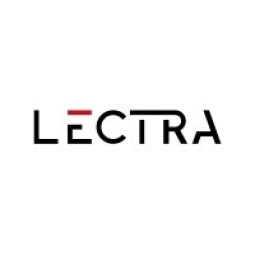Lectra
Case Studies
Trayton Group launches into the digital era with Lectra
Overview
 |
Trayton Group launches into the digital era with LectraLectra |
Functional Applications - Remote Monitoring & Control Systems Functional Applications - Manufacturing Execution Systems (MES) | |
Quality Assurance | |
System Integration Training | |
Operational Impact
| Lower operational costs due to reduced material waste. | |
| Consistent quality of cut pieces, eliminating mistakes. | |
| Simplified staffing needs, requiring only basic computing skills. | |
Quantitative Benefit
| Material consumption rate improved by 2-3 percentage points. | |
| Overall yield of cutting efficiency increased by over 2 percentage points within two months. | |


